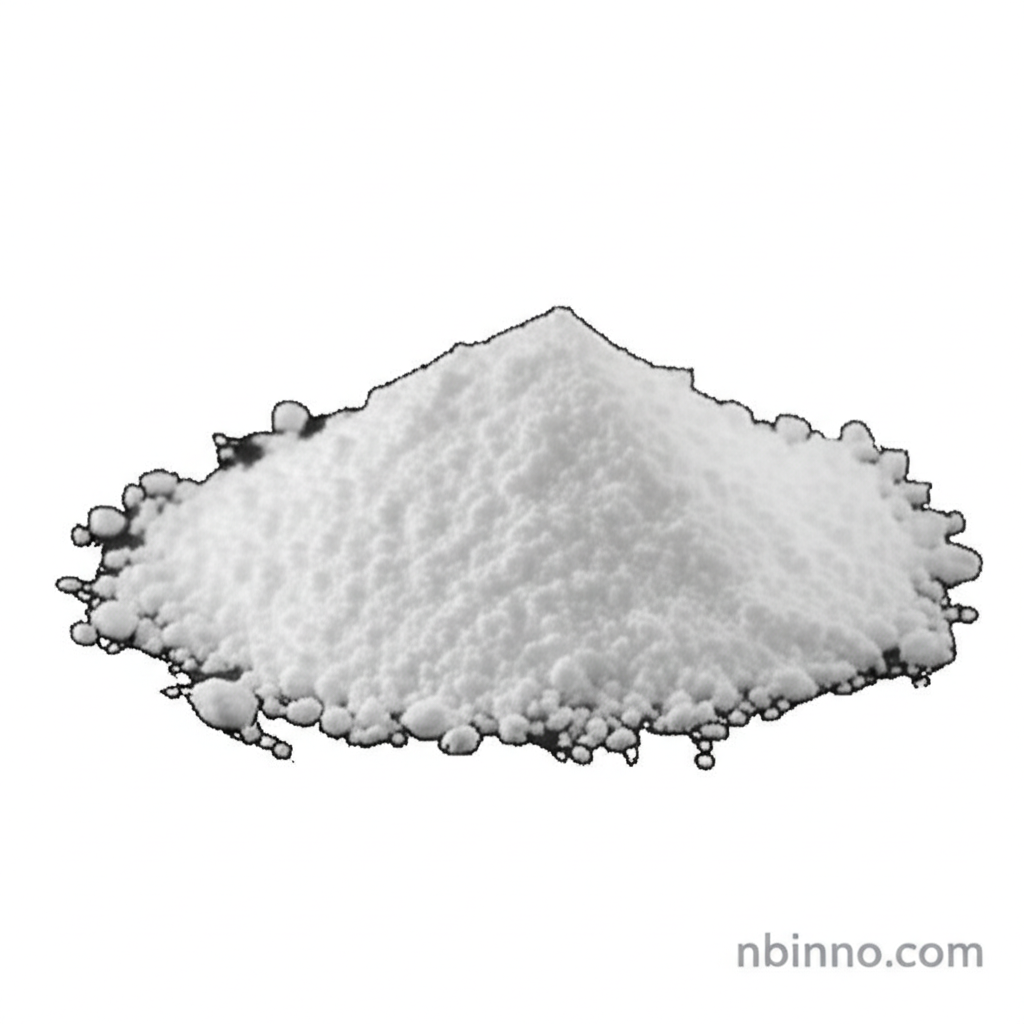Diantimony Trioxide: Enhancing Safety and Performance
Discover the critical role of Diantimony Trioxide in flame retardancy, catalysis, and industrial applications.
Get a Quote & SampleProduct Core Value

Diantimony Trioxide
Diantimony trioxide (CAS 1309-64-4) is an indispensable inorganic compound renowned for its synergistic capabilities, primarily as a flame retardant. Its unique chemical properties make it a vital additive for increasing the efficacy of other flame retardant systems, particularly those involving halogenated compounds.
- Understanding the synergistic action between halogenated flame-retardants and antimony trioxide is key for effective fire retardancy in plastics.
- Diantimony Trioxide serves as a crucial catalyst in the production of polyethylene terephthalate (PET) and polyester fibers, vital for packaging and textiles.
- As an opacifying agent, it enhances the clarity and brilliance of glass and ceramics, contributing to aesthetic and functional properties.
- Its application as a white pigment in paints and coatings adds value through opacity and brightness.
Key Advantages Provided by the Product
Enhanced Fire Safety
Leveraging the synergistic action between halogenated flame-retardants and antimony trioxide significantly boosts the fire resistance of polymers and textiles, crucial for meeting stringent safety standards.
Efficient Catalysis
The use of diantimony trioxide as a catalyst in PET production accelerates polymerization processes, leading to more efficient manufacturing of essential plastic materials for packaging and fibers.
Improved Material Properties
In glass and ceramics, antimony trioxide acts as an opacifier, improving the whiteness and hiding power of glazes and enamels, thus enhancing the visual appeal and quality of final products.
Key Applications
Flame Retardants
A primary role of diantimony trioxide for textiles and plastics, acting as a synergist to inhibit combustion and reduce smoke generation.
Catalysis
Essential in the PET production catalyst role, facilitating the creation of polyester resins used widely in the industry.
Glass and Ceramics
Utilized as an opacifying agent and fining agent to improve clarity, brilliance, and remove bubbles from molten glass, and to provide opacity in ceramic glazes.
Paints and Coatings
Serves as a white pigment and additive, enhancing opacity, brightness, and contributing to the fire resistance of coatings.
